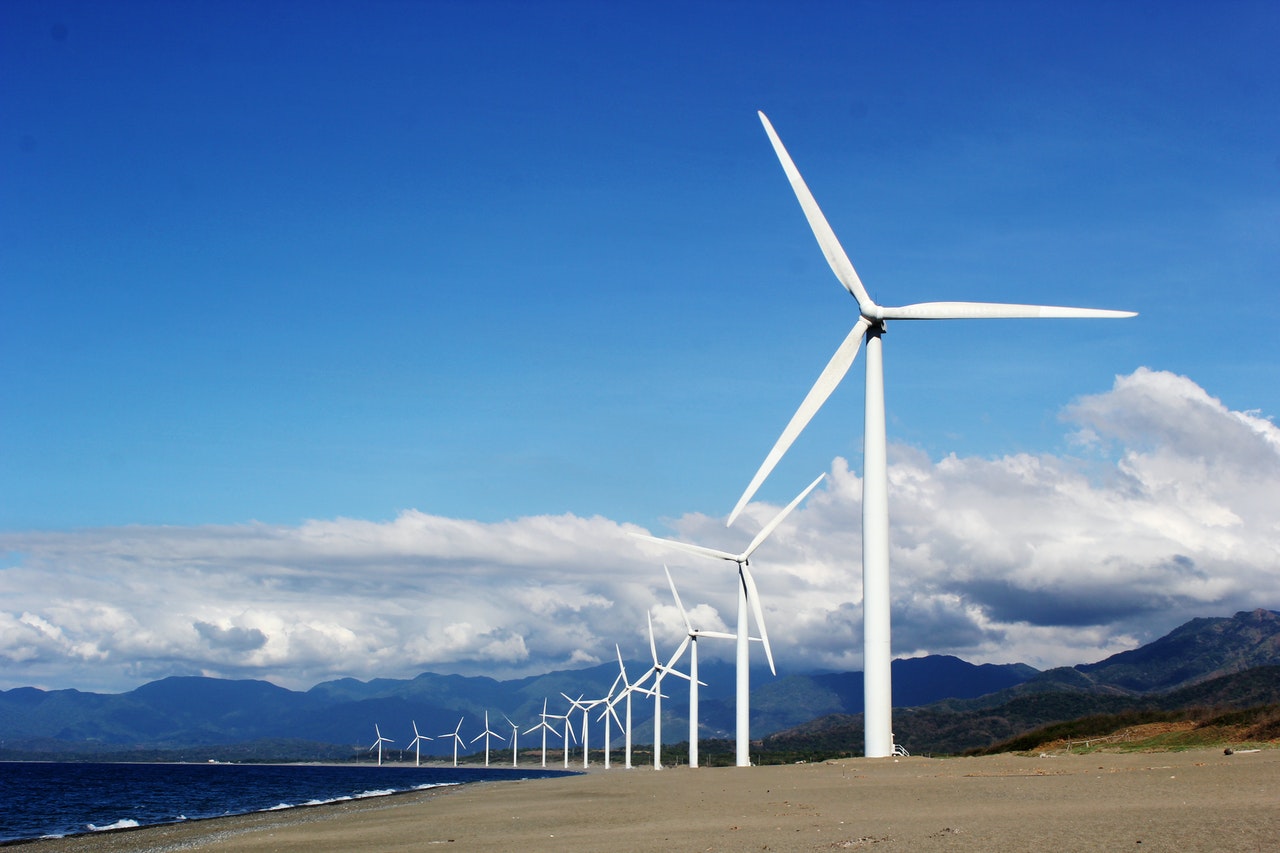The Ministry of Energy of Azerbaijan, together with the International Finance Corporation (IFC) and the World Bank, presented a roadmap for offshore wind energy within the framework of the Baku Energy Forum on Friday, in which it had stated that the country’s offshore wind power capacity could reach 7.2 GW by 2040.
“For the first time in Azerbaijan, the roadmap for offshore wind energy provides for two growth scenarios (high and low). The purpose of the roadmap is to help make decisions about the rules, legal framework and infrastructure of this new industry in the face of growing global interest in offshore wind energy,” the participants at the conference said.
Under the low-growth scenario, offshore wind power in Azerbaijan will develop at a moderate pace, reaching 1.5 GW of installed capacity by 2040 and generating 7% carbon-free energy. The high growth scenario provides for more ambitious growth rates: the installed capacity of offshore wind power by 2040 can reach 7.2 GW and provide 37% of the country’s energy supply.
The roadmap provides recommendations for exploiting the potential of offshore wind energy based on both scenarios.
These measures include: setting goals for 2030 and 2036, developing a 200 MW pilot project and then larger projects of this type and building and commissioning them on a competitive basis, opening up new promising directions for using offshore wind, modernizing infrastructure, leveraging global best practices to raise funds, and enhancing relevant knowledge and skills within government agencies and the workforce to implement a range of sustainable offshore wind projects.
“Over the past few decades, Azerbaijan has been able to effectively use the oil and gas resources of the Caspian Sea for the country’s economic development. However, the world is changing, and the time has come to use another resource of our sea – wind energy,” said Deputy Energy Minister of Azerbaijan Elnur Soltanov.
He added that offshore wind power provides the country with a unique opportunity to apply the experience accumulated in the oil and gas sector and the professional workforce in a new field, and at the same time achieve the goals of decarbonization and diversification of the country’s economy.

